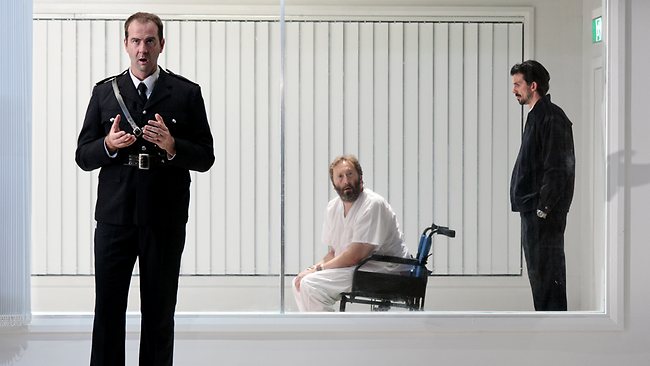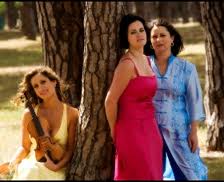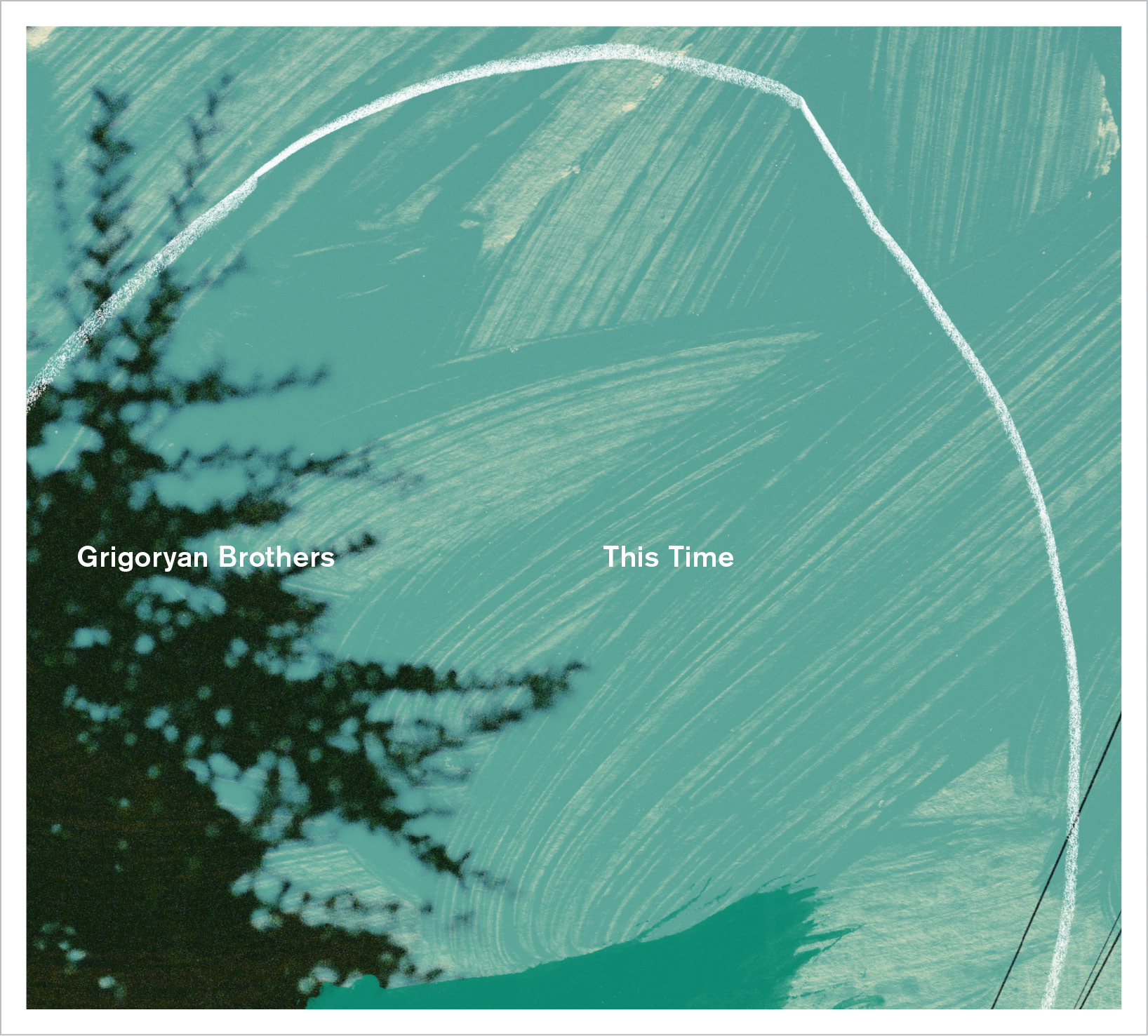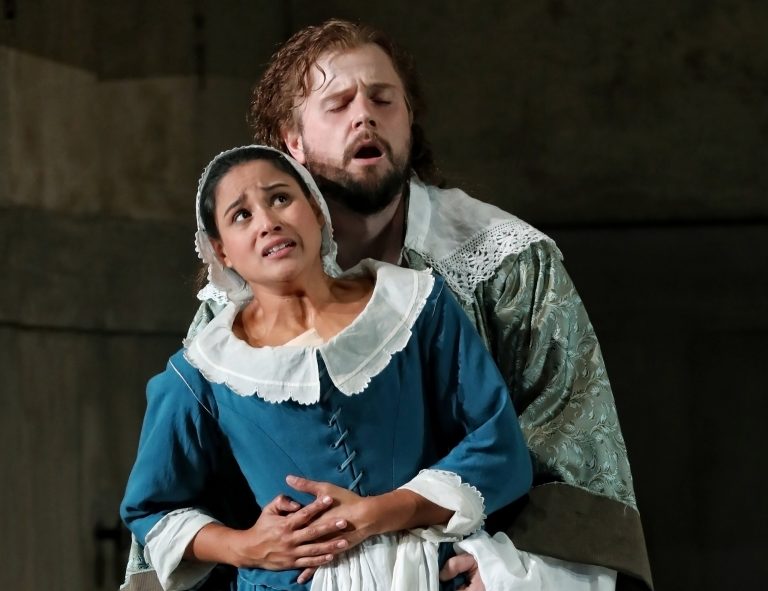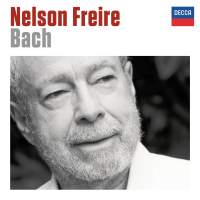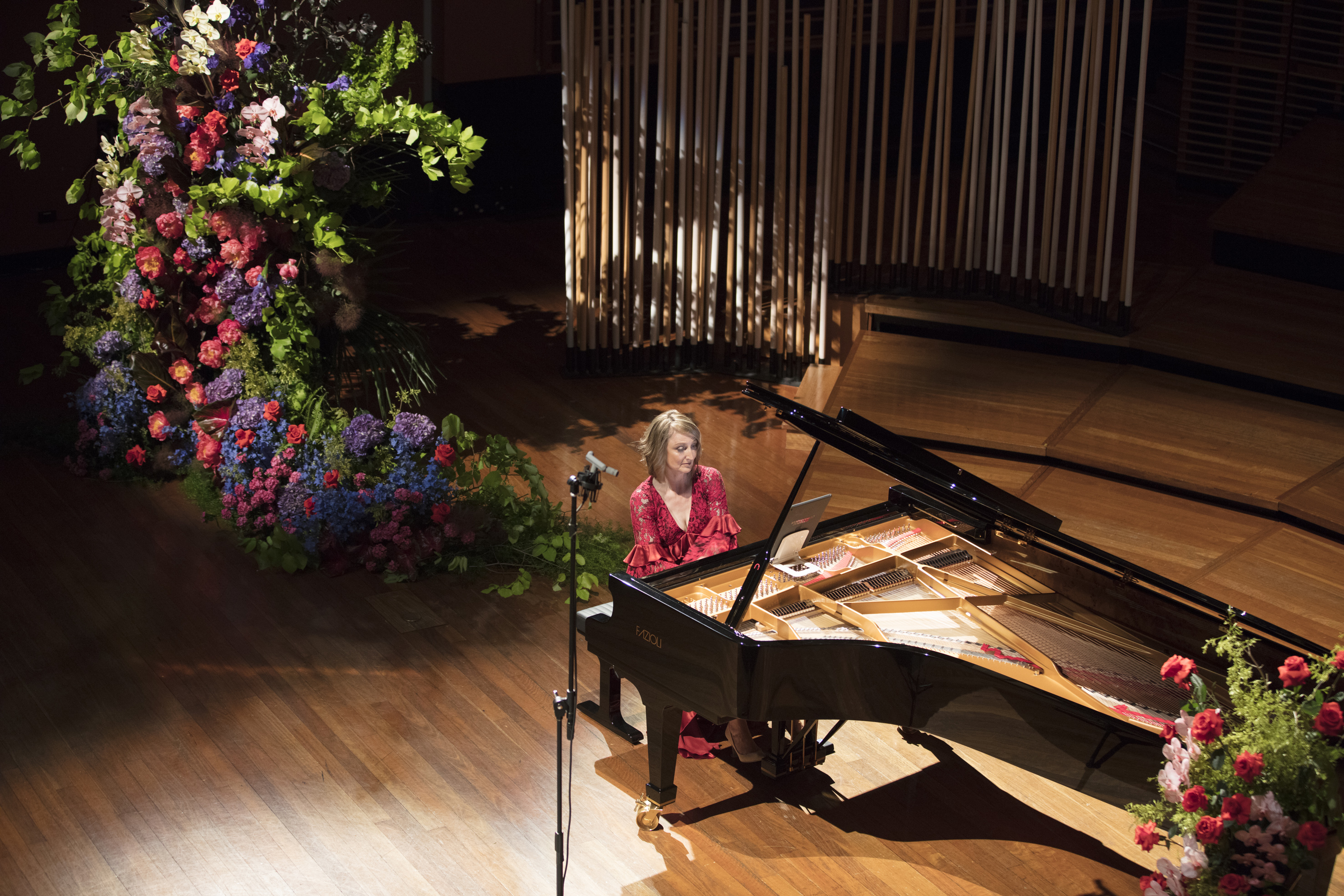CD Review: ‘Alleluia’ – Brilliance and beauty from Julia Lezhneva

This review was first published in June 2013. The album contains four motets by composers whose music Julia Lezhneva will perform during her October tour of Australia with the Australian Chamber Orchestra.
“From time to time a really outstanding talent appears and I believe that Julia Lezhneva is just that. The brilliance of her voice and technique are extremely impressive.” High praise from Dame Kiri Te Kanawa, herself one of the most brilliant singers of our time.
The precociously talented Russian coloratura soprano, Julia Lezhneva, just 23, has released Alleluia, her second solo album and her first on the Decca label, with Il Giardino Armonico and Giovanni Antonini.
Alleluia features four sacred motets for solo voices by Vivaldi, Handel, Porpora and Mozart. All the motets contain an Alleluia as their final movement and they have carefully handpicked by Lezhneva to showcase her voice in its tonal beauty and technical brilliance.
The motets are amongst the finest examples of Baroque and early classical music for soprano solo. Vivaldi’s tempestuous In furore iustissimae irae, RV 626 scored in 3 movements for soprano, 2 violins, viola and basso, has the soloist storming in with bravura scales and leaps. In contrast, the second movement calls for a more sustained and even line and the Alleluia is as exuberant as it is demanding.
Handel’s Saeviat tellus inter rigores, HWV 240 in 4 movements for soprano, violin and oboe is a divine piece of music divinely performed. Composed to celebrate the Feast of Our Lady of Mount Carmel in July 1707 it too has a bravura beginning with the soloist reaching for a high D in the early bars. The middle two movements evoke the tranquillity of the night before embarking on the roller-coaster ride that is the Alleluia. Sung by a less capable singer it could sound frenzied, but Lezhneva shapes her delivery and its nuances with complete control.
Nicola Porpora’s music is enjoying a renaissance and this recording of In Caelo stelle clare is a world premiere. He was a highly regarded singing teacher, whose students included Farinelli; as a composer he was Handel’s great rival. The cantata is written in the style galant, an idiom which Lezhneva adopts with ease. Although Porpora was considered to embellish his writing at the expense of musicality, his writing presents no obstacles to Lezhneva who tackles its demands with aplomb.
Finally the elegant Exultate Jubilate K165 written by Mozart before he turned 17, shimmers with a joyful reverence and remains as fresh as clear winter’s morning in Sydney.
Lezhneva is a pleasure to listen to. The maturity of her voice and of her interpretation exceed her youth. She skips up the heights with sublime ease and maintains her luscious tone throughout the registers of her voice. Her virtuosic ornamentation informs the style of each motet and in case the listener needed convincing, underscores her complete command of her instrument.
The 22 piece ensemble Il Giardino Armonico, directed by Giovanni Antonini, gives an exceptional performance on a breathtaking array of period and reproduction instruments which date back to 1675.
There’s an added element to Lezhneva’s story which contains an Australian connection. Her foundation in music studies were acquired in Moscow. However, 2008 she began studying with tenor Dennis O’Neill (who has performed in Sydney numerous times) in Cardiff, and then, completed her training with the much loved Australian soprano Yvonne Kenny at London’s Guildhall School.
This CD is a must for lovers of Baroque vocal music.
Shamistha de Soysa for SoundsLikeSydney©
Alleluia/Julia Lezhneva, soprano/Il Giardino Harmonico/Giovanni Antonini
Decca 478 5242


